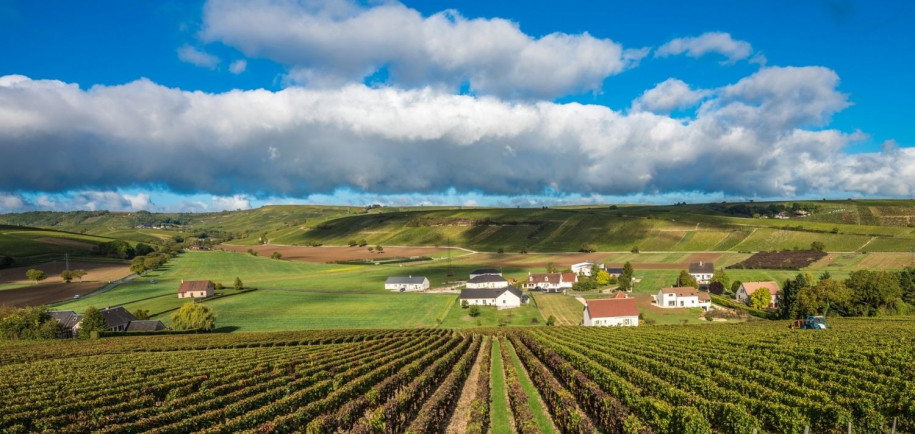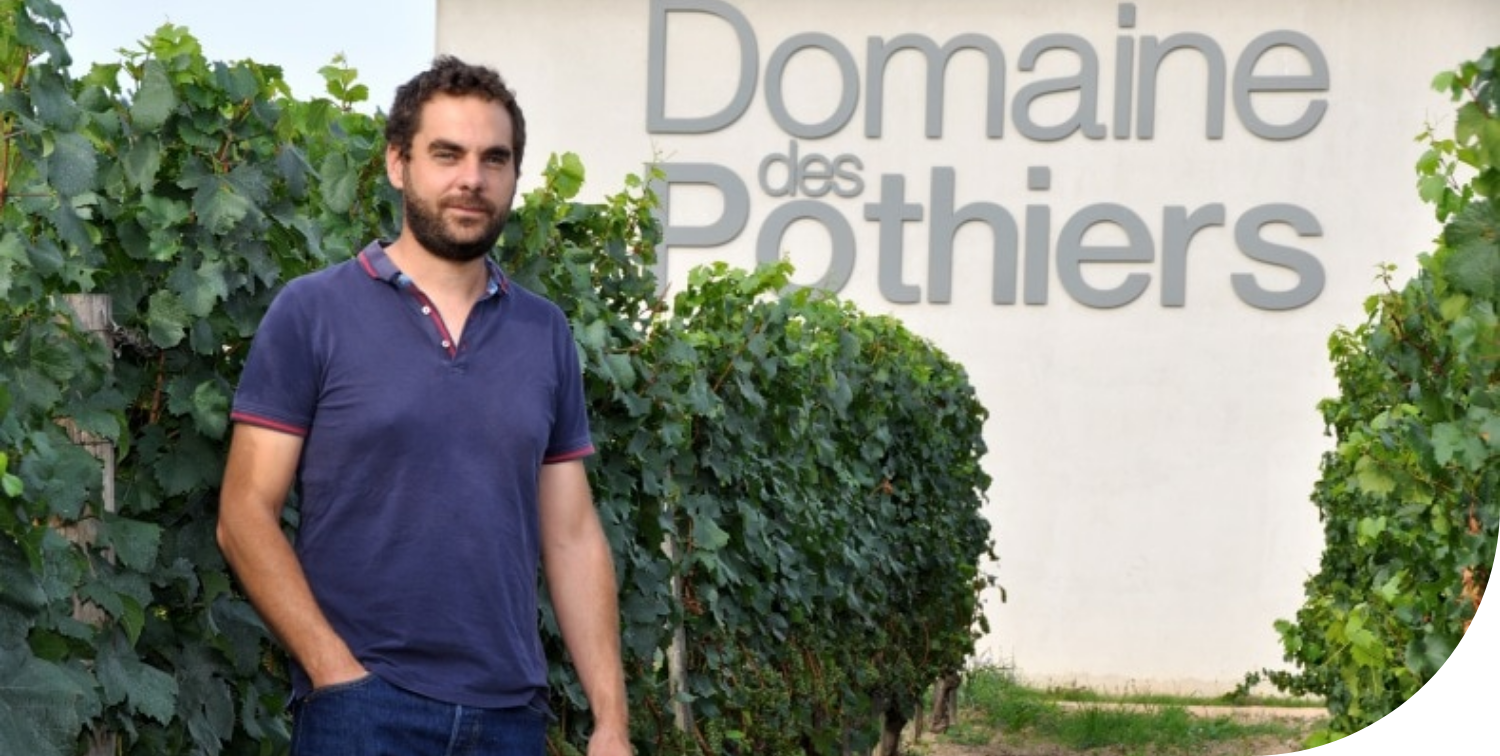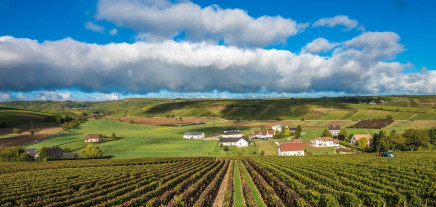Loire Valley
Have you ever tasted these 3 Loire Valley wines?

I like to introduce wines from off-the-beaten-track vineyards, whose names were sometimes evocative of wines of low quality. And yet, I also like to say that today, all wine regions bring together the best and the worst of the wine production. Whatever the region you visit, you’ll come across amazing cuvées, offered by new generations of winegrowers.
The Loire Valley is a region where a wine connoisseur can still make new discoveries. The Loire Valley is an inexhaustible source for anyone wishing to surprise his friends, why not during a blind tasting!
I’m offering you three vineyards to discover, one located near its source, the other at its mouth, and the third in its northernmost part.
Cheers to these new discoveries!
The Côte Roannaise vineyard

Dear Beaujolais and gamay reds lovers, welcome to this 215-hectare vineyard located on a 20km-long hillside to the west of the Roanne city, halfway between Clermont-Ferrand and Lyon. Although located near the Beaujolais region, this cru is part of the Loire Valley vineyard.
Here, the gamay grape is dominant, and more specifically the Gamay-Saint-Romain grape variety! The soils are mainly granite soils, that suit perfectly to the gamay variety.
The soil and climate environment allow the production of elegant wines, fragrant, supple, fresh and digestible.
A domain to discover in the Côte Roannaise: the wines from Romaine Paire, winegrower at the Pothiers Estate. I particularly recommend “la Chapelle” wine, from a granitic plot located on a 520m high hill slope! Very elegant, juicy, fruity and so delicious!
The Cour-Cheverny vineyard

Now, let’s leave the confines of the Loire, follow the river towards the North, and stop south of the city of Orléans, near the famous Château de Chambord (Chambord Castle).
In the 16th century, the King Francois 1st introduced the romorantin grape variety into the Orleans vineyard, and had vines planted around the town of Romorantin, which gave its name to the grape variety. It is a grape resulting from a crossing of Burgundian varieties. Today, the Cour Cheverny appellation holds the exclusivity of the romorantin grape.
It’s a tiny vineyard of 60 hectares, producing mainly dry white wines with often spicy aromas, with a good aging potential. After a few years, the wines take on a golden robe, with flavors of honey, dried fruits and nuts.
I recommend that you try the Cour-Cheverny wines from winemaker Philippe Loquineau at the Domaine de la Plante d’Or! You can buy vintages both young and over 5 years. I particularly remember the Salamander 2015 cuvée, opening with surprising saffron notes, echoing wonderfully on spicy dishes.
The Fiefs Vendéens vineyard

Let’s be carried by the Loire river down to the Atlantic coast. Then, let’s leave the left bank of the river and go deep into the Vendée countryside. We’ll soon meet the Fiefs Vendéens winegrowers, whose appellation was officially created in 1991!
Today, around fifteen winegrowers are spread over a 360-hectare vineyard, producing the three wine colors: first a minority of white wines from the Chenin Blanc and Chardonnay grape varieties. Then, red wines and rosé wines in equal proportion from the following five grape varieties : Pinot Noir, Gamay, Cabernet Franc, Cabernet Sauvignon and Négrette.
Most white and red wines should be enjoyed young. The wines are light, revealing aromas of fruits. However, a few wines may surprise connoisseurs when served blind. I remember having recently opened the cuvée Plante Gate 2009 from Domaine Saint-Nicolas. It’s a cuvée made with 100% pinot noir that literally left lovers of Burgundy Pinot Noir speechless, both for its aromatic complexity and its superb silky texture!

 Your account
Your account





Share this article: